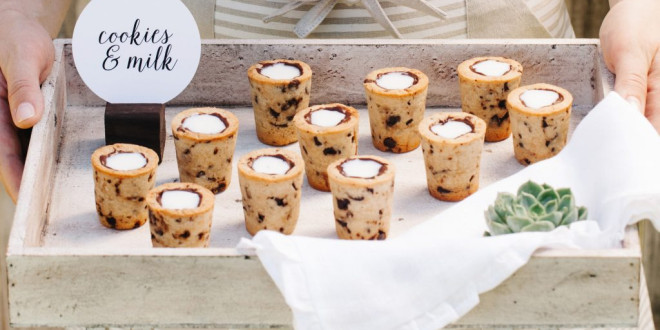[ad_1]
While people from the Northern part of India have always been considered the front-runner whenever it comes to big fat, elaborate Indian weddings; southern zone of the country has never been far behind in terms of rich, culturally elaborate weddings. Though natives from South-India have always known to be simple and subtle in their ways and traditions yet their wedding rituals are quite interesting and rich in appeal.
Many a kinds of weddings are held down south from Andhra Pradesh to Kerala, Karnataka to Tamil Nadu – In the most beautiful ways. Be it a Hindu wedding, a Muslim or a Christian wedding in this part of the country – Weddings have always been worth a festivity.
The Tamil Brahmins or Keralite Vishwakarmas or the Nadar Christians – Weddings in these communities will keep you awestruck with the rich cultural and aesthetic value they emit from their rites and rituals.
In the southernmost part of India, that is the state of Tamil Nadu – There are several communities with a variety of rites and rituals. The Tamil Brahmins, the Tamil Iyers, the Tamil Nadars – These are various communities rich in traditional culture and the same is reflected in their weddings.
When it comes to weddings among Nadars, it is an elaborate affair for the families. A typical Nadar matrimony ceremony includes several kinds of ceremonies with a distinctive meaning and rituals and is hence celebrated with much pomp and show.
After a customary confirmation among families and the boy and the girl for the matrimonial alliance, the wedding is announced by the eldest member or the priest in the family among all relatives, friends and important community members.
The first of the pre-wedding ceremonies is the flower garland wearing ceremony in a typical Nadar wedding. The bride-groom’s parents, elders, relatives and friends come down to the house of the bride carrying gifts, new clothes, jewelry and gifts for her. They bring large and beautiful garlands of flowers for the bride and she is decked up in flowered jewelry by the mother of the bride-groom. In case of absence of the mother of the bride-groom, the ritual is covered either by the sister or the sister-in-law of the bride-groom. They are then followed by all other female family members of the bride-groom who take turns in decking up the bride with flowered jewelry. The bride is hence blessed and smeared with vibhuthi or kungumam by all elders present there.
Following this, the eldest members of both the families are made to sit across each other and exchange gifts among both the families in terms of cash, clothes, fruits, flowers and jewelry on the thambulam or the welcome plate; after honoring each other with vibhuthi and flower garlands. Next in suite is the pattu kattuthal ceremony which is honored by the bride-groom’s family in the bride’s house by blessing the bride with a beautiful new silk saree. The bride is then blessed by the elders in the family who apply vibhuthi or kungumam on her forehead.
The gold-melting ceremony is an interesting ceremony among the Nadars and is necessarily held at the bride-groom’s residence. A beautiful traditionally designed thali is made by the bride-groom’s family and gifted to the family of the bride-groom. A small piece of gold is put on the thali by the bride’s family for gold melting. A goldsmith melts the gold piece and performs a puja and takes along a small part of the melted gold with him. He is escorted out of the house by a woman with a child as she is considered auspicious with her child.
After the gold melting ceremony, there is a puja ceremony held in both the houses of the bride and the groom. A palmyrah stick, smeared with turmeric powder and kungumam with mango leaves tied to it. It is then worshipped with rice kept in a vessel in front of it which is later given off to a woman who measures the rice.
A day or two before the wedding, the families of the bride and the groom perform puja to the Almighty and souls of their ancestors seeking blessings for the wedding and the couple’s happy married life.
Among the Nadars, the engagement or the betrothal ceremony is generally held a day prior to the wedding day. This includes the ceremonial exchange of rings and pre-wedding vows between the bride and the bride-groom.
On the day of the marriage, the maternal uncle of the bride-groom and the bride initiate the customs. They individually garland their nephews and niece respectively and offer their blessings to the to-be-wed. The bride is then gifted a saree by the bride-groom’s female family members which she wears for the marriage. Hence after a thali is tied around her neck by the bride-groom and after seeking blessings from elders, they apply vibhuthi on each other’s forehead and exchange garlands. After the villakku darshan of the couple by the brother of the groom, the couple is offered to consume milk and banana. The rituals finally get over by the oil bathing of the newlywed by the groom’s family after which the bride leaves for her husband’s house. After offering of prayers, the couple again comes back to the bride’s house where the day gets over with a sumptuous feast by the bride’s family.
[ad_2]
Source by Jawad Akhta

